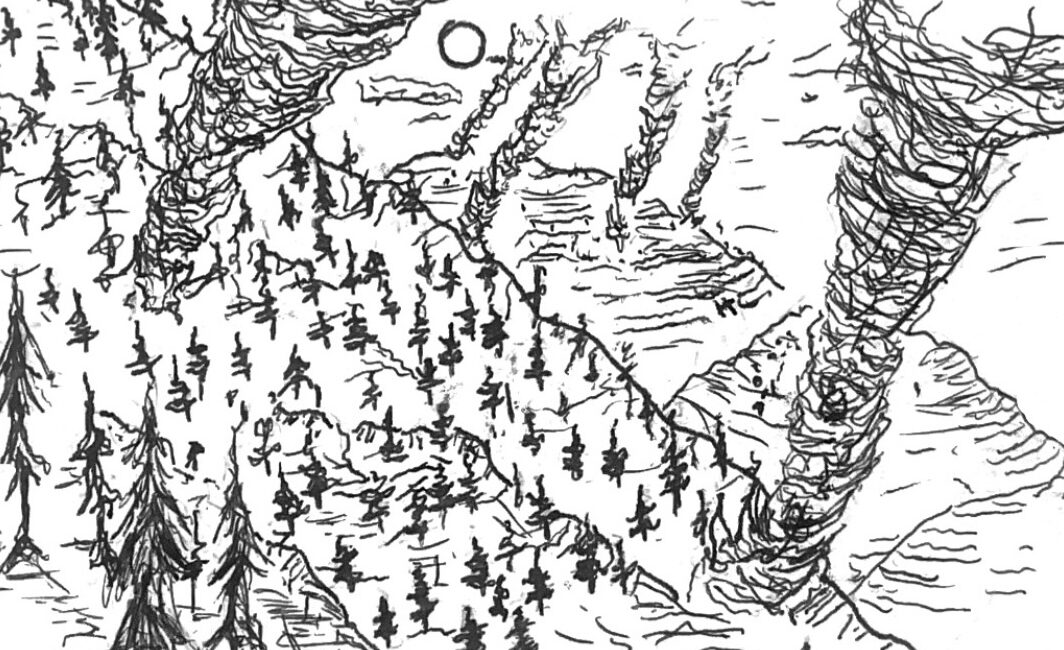As the planet warms, natural dynamics are in constant flux, adjusting to the new environmental pressures imposed by climate change. From the depths of the oceans to the highest mountain peaks, the shift in species’ habitat ranges driven by changing temperatures and other climate factors is dramatically altering ecosystems across the globe. The movement of species impacts not just survival; it affects profound changes in biodiversity, ecosystems, and human livelihood.
Jake Lawlor, a PhD candidate in biology at McGill, explores the effects of these changes in a recently published paper in Nature Reviews Earth and Environment. He highlights that a species’ range is the geographical area where it naturally exists, thrives, and reproduces. As climate change alters temperatures, precipitation patterns, and ecosystems, species shift their ranges to find suitable habitats.
However, climate change does not affect all species in the same ways or to the same degree.
“Some things that we think might affect species range shifts are what we call species traits; characteristics of the species and how they live and how they move that might allow them to keep up with temperature or not,” Lawlor said in an interview with The Tribune.
Many species shift at different speeds due to various factors like dispersal ability, competition for land, and resource availability. For instance, wind-dispersed plants can rapidly move to new areas, while marine invertebrates with limited mobility struggle to keep up with changing temperatures. Additionally, species interactions complicate these movements. Butterflies migrating up mountains may find their progress halted if their host plants cannot move upward quickly enough.
“There’s some non-temperature factors, precipitation patterns, or humidity, or the number of hours of daylight as you go up latitude, that set limits on species,” Lawlor explained. “The hard thing about this is there’s a lot of variables that probably matter, and it’s kind of hard picking apart in specific cases, why a species isn’t shifting when we think it should.”
The impacts of these range shifts are significant and multifaceted. On the one hand, they can help maintain biodiversity by allowing species to find new habitats. On the other hand, they have the potential to destabilize existing natural and human systems.
For example, species suited to warmer conditions will replace cold-adapted species, a phenomenon known as thermophilization. This disruption can upset ecological balances as seen with the expansion of the barren-forming urchin in Australia, which has devastated kelp forests, shifting mangrove species and altering coastal ecosystems.
Lawlor also highlighted the effects range shifts have on human environments, altering human relationships with species.
“Most of the relationships that humans have with species in general, whether it’s harvest species, medicinal species, resource species or economic species, […] were built under the assumption that species are going to stay where they are,” Lawlor explained.
For example, fishers along the Atlantic coast of the US and Canada are facing the need to travel farther to catch the same species they once collected closer to shore. This shift requires adjustments in fishing practices, gear, and markets to account for the changing distribution of target species.
Similarly, conservation strategies such as national parks and marine protected areas, originally designed to protect species within fixed boundaries, may become less effective as species move beyond these areas. Consequently, conservation plans need to be flexible to continue supporting biodiversity effectively.
Lawlor emphasized the importance of observing and adapting to these changes.
“I think we should look around and observe the species that are with us here now,” Lawlor said. “For example, even the trees up and down the streets of Montréal have thermal tolerance ranges as well. So as the Earth keeps warming, all the species around us are going to change, and all the ways that we interact with our environments are going to change too.”


